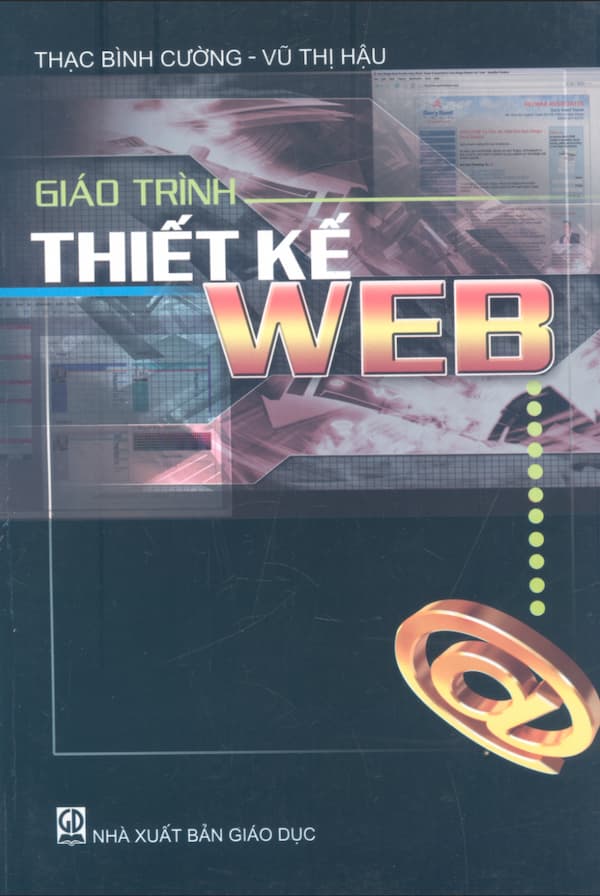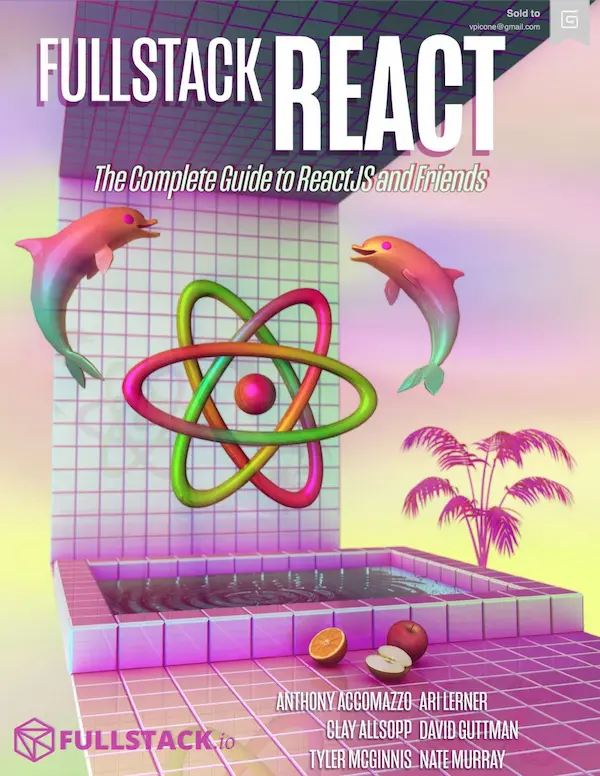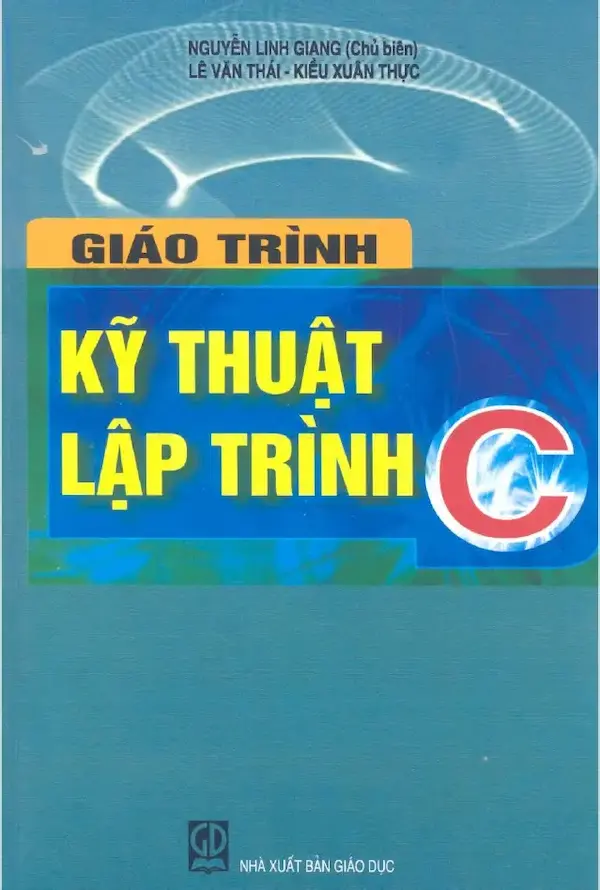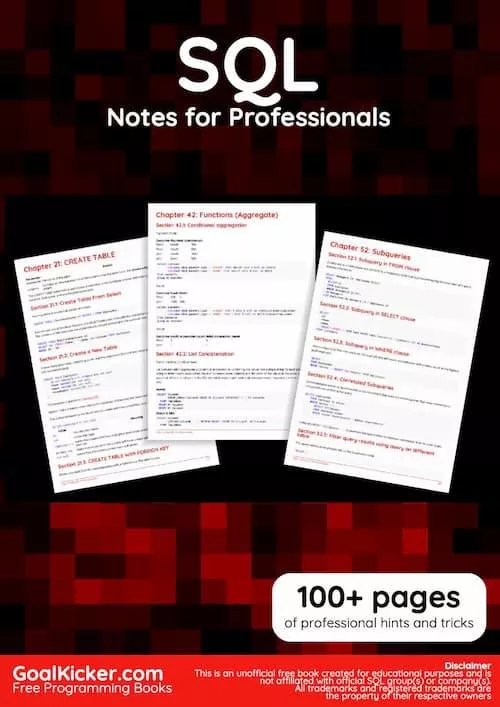
Since 2008, the Python world has been watching the slow evolution of Python 3. It was always known that the adoption of Python 3 would likely take a long time. In fact, even at the time of this writing (2013), most working Python programmers continue to use Python 2 in production. A lot has been made about the fact that Python 3 is not backward compatible with past versions. To be sure, backward compatibility is an issue for anyone with an existing code base. However, if you shift your view toward the future, you’ll find that Python 3 offers much more than meets the eye.
Just as Python 3 is about the future, this edition of the Python Cookbook represents a major change over past editions. First and foremost, this is meant to be a very forward looking book. All of the recipes have been written and tested with Python 3.3 without regard to past Python versions or the “old way” of doing things. In fact, many of the recipes will only work with Python 3.3 and above. Doing so may be a calculated risk, but the ultimate goal is to write a book of recipes based on the most modern tools and idioms possible. It is hoped that the recipes can serve as a guide for people writing new code in Python 3 or those who hope to modernize existing code.
Needless to say, writing a book of recipes in this style presents a certain editorial chal‐ lenge. An online search for Python recipes returns literally thousands of useful recipes on sites such as ActiveState’s Python recipes or Stack Overflow. However, most of these recipes are steeped in history and the past. Besides being written almost exclusively for Python 2, they often contain workarounds and hacks related to differences between old versions of Python (e.g., version 2.3 versus 2.4). Moreover, they often use outdated techniques that have simply become a built-in feature of Python 3.3. Finding recipes exclusively focused on Python 3 can be a bit more difficult.
Rather than attempting to seek out Python 3-specific recipes, the topics of this book are merely inspired by existing code and techniques. Using these ideas as a springboard, the writing is an original work that has been deliberately written with the most modern Python programming techniques possible. Thus, it can serve as a reference for anyone who wants to write their code in a modern style.
Just as Python 3 is about the future, this edition of the Python Cookbook represents a major change over past editions. First and foremost, this is meant to be a very forward looking book. All of the recipes have been written and tested with Python 3.3 without regard to past Python versions or the “old way” of doing things. In fact, many of the recipes will only work with Python 3.3 and above. Doing so may be a calculated risk, but the ultimate goal is to write a book of recipes based on the most modern tools and idioms possible. It is hoped that the recipes can serve as a guide for people writing new code in Python 3 or those who hope to modernize existing code.
Needless to say, writing a book of recipes in this style presents a certain editorial chal‐ lenge. An online search for Python recipes returns literally thousands of useful recipes on sites such as ActiveState’s Python recipes or Stack Overflow. However, most of these recipes are steeped in history and the past. Besides being written almost exclusively for Python 2, they often contain workarounds and hacks related to differences between old versions of Python (e.g., version 2.3 versus 2.4). Moreover, they often use outdated techniques that have simply become a built-in feature of Python 3.3. Finding recipes exclusively focused on Python 3 can be a bit more difficult.
Rather than attempting to seek out Python 3-specific recipes, the topics of this book are merely inspired by existing code and techniques. Using these ideas as a springboard, the writing is an original work that has been deliberately written with the most modern Python programming techniques possible. Thus, it can serve as a reference for anyone who wants to write their code in a modern style.































